Picture waking up every morning in the same field you’ve cultivated for years—a space where tradition, hard work, and community have formed the foundation of your existence. Now, envision that life being abruptly disturbed by policies beyond your control: tariffs enacted by your neighboring country across the border. For numerous Canadian farmers, this isn’t a far-off economic concept; it’s a reality, altering their livelihoods daily.
In recent times, extensive U.S. trade tariffs have transformed formerly predictable routines into a continual struggle for survival. From reworked livestock contracts to a compelled reconsideration of production strategies, Canadian agriculture is feeling the impact. This article will delve into 23 interconnected ways these tariffs influence Canadian farmers.
Shifting the Ground Beneath Their Feet

For many farmers, contracts with U.S. buyers were once a stable lifeline—a promise of consistent income that allowed them to plan for the future. With a 25% tariff slapped on Canadian products, those long-standing agreements are being torn apart. Farmers are forced to renegotiate these contracts, often at short notice and with unpredictable outcomes. It’s like trying to rebuild your home while a storm is still raging; every decision is clouded by uncertainty.
Changing What They Grow—and Sell

Take, for instance, the story of a hog farmer in Ontario. Traditionally, he would raise hogs to full slaughter weight, knowing that his quality pork would fetch a fair price in the U.S. market. But now, because the finished hog carries a steep tariff, he’s been forced to change tactics. Instead of fattening his hogs fully, he’s starting to export younger piglets. While this may lower the duty burden, it also means that his income per animal drops considerably. The hard truth is that even when trying to adapt, the costs of doing business under these new rules often outweigh the benefits.
Living with Constant Uncertainty

Uncertainty is a word that no farmer ever wanted to hear. In a world where the rhythm of nature was once the only unpredictable element, the modern farmer now faces another source of instability: policy shifts. The fear of sudden tariff hikes looms large. Every planting season comes with an extra layer of worry—not just about the weather or pests, but about whether the next shipment to the U.S. will suddenly cost 25% more. This constant anxiety makes long-term planning almost impossible, leaving farmers caught in a never-ending cycle of “what ifs.”
Eroding Trust and Confidence

Trust is hard won on the farm—trust between a farmer and his buyers, between neighbors, and within communities that have relied on shared values for generations. U.S. importers, too, are feeling the strain of these tariffs. They’re renegotiating or even canceling deals, and that loss of confidence ripples back to Canadian farmers. When buyers start backing out or demanding sudden changes in terms, it isn’t just a business setback; it’s a blow to the foundation of relationships built over the years.
Squeezed Margins and Tough Choices

For many Canadian farmers, every cent counts. With tariffs pushing the cost of products into the U.S., the slim profit margins they’ve worked so hard to maintain are further compressed. It’s a bit like trying to squeeze water from a stone. When costs rise, and revenue falls, farmers are forced into hard choices: cut back on investments, delay modernizing equipment, or even, in some cases, consider reducing production altogether. These decisions aren’t made lightly—they affect families, communities, and the farms’ future.
Rethinking the Business Model
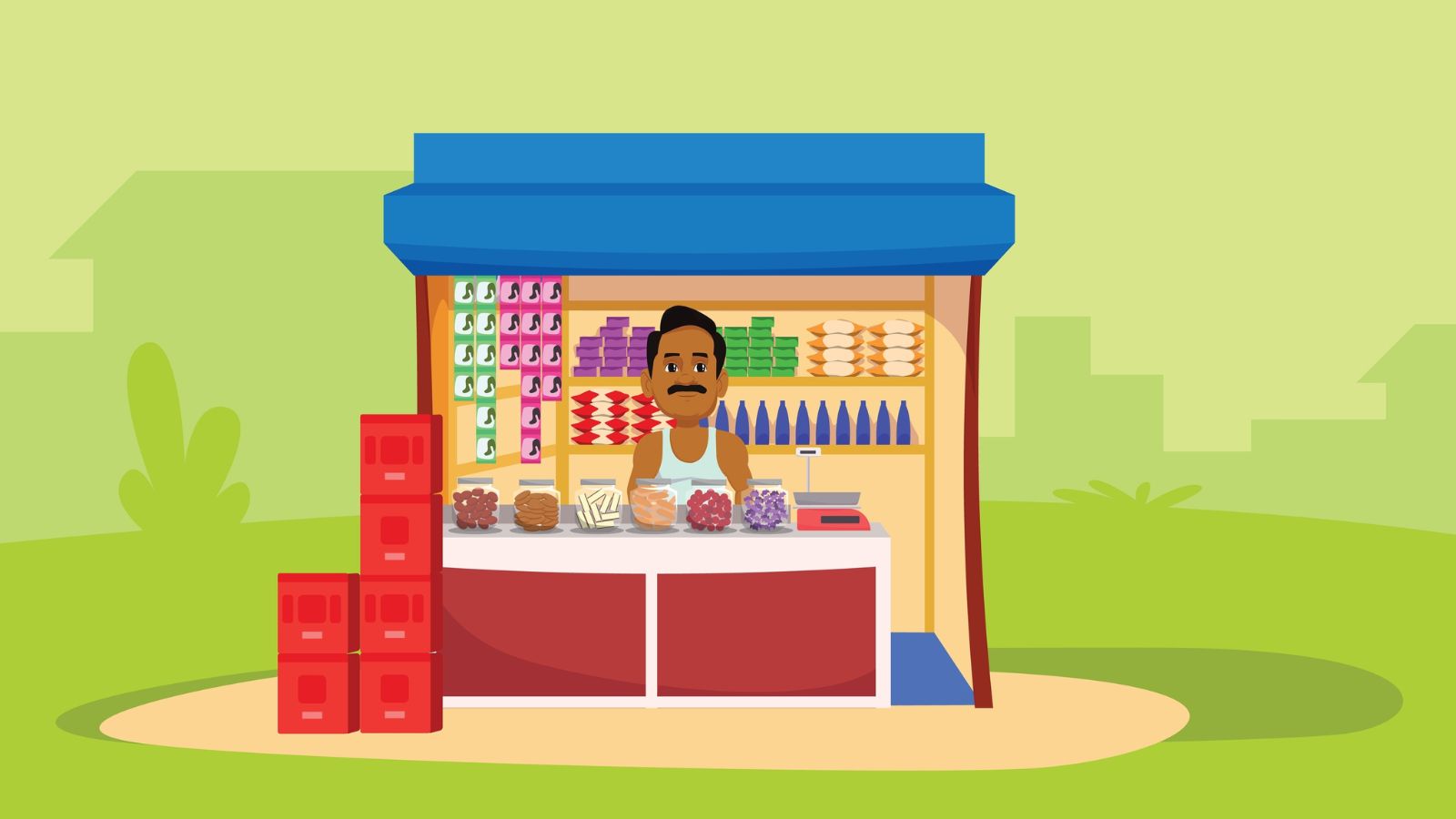
The traditional ways of farming—passed down from generation to generation—are being challenged. Canadian farmers, once confident in their methods, now find themselves rethinking everything from planting schedules to how they market their goods. The tariffs have forced a fundamental shift in business models that many have built their lives around. Instead of planning for a steady, predictable year, every season feels like a race against time and uncertainty.
The Fragility of Long-Term Plans

Long-term contracts were once a bedrock of stability. They allowed farmers to invest in improvements, expand their operations, and dream big. Today, those contracts feel like shaky ground. With tariff policies that can change overnight, the security once promised by these long-term deals is rapidly fading. Farmers are increasingly forced to focus on the short term, sacrificing long-term growth and innovation to keep their heads above water.
Tit-for-Tat: The Vicious Cycle of Retaliation

Trade is seldom a one-sided affair. When the United States enacts tariffs, Canada frequently reciprocates. This back-and-forth escalation can rapidly escalate into a full-fledged trade war. For farmers, this means contending not only with increased costs on one side of the border but also navigating a retaliatory climate that disrupts every facet of cross-border trade. The constant to-and-fro leaves everyone unsure about what the future may hold and whether a stable resolution is even attainable.
The Broken Links in the Supply Chain

Today’s agricultural supply chain is a finely tuned machine. Inputs like seeds, fertilizers, machinery, and processing equipment cross borders multiple times before reaching the farm. Tariffs disrupt these well-oiled processes, causing delays, increasing costs, and sometimes even forcing farmers to find entirely new suppliers. Imagine trying to bake a cake when half the ingredients have suddenly become unavailable or much more expensive—the entire recipe is thrown off.
Higher Prices at the Grocery Store
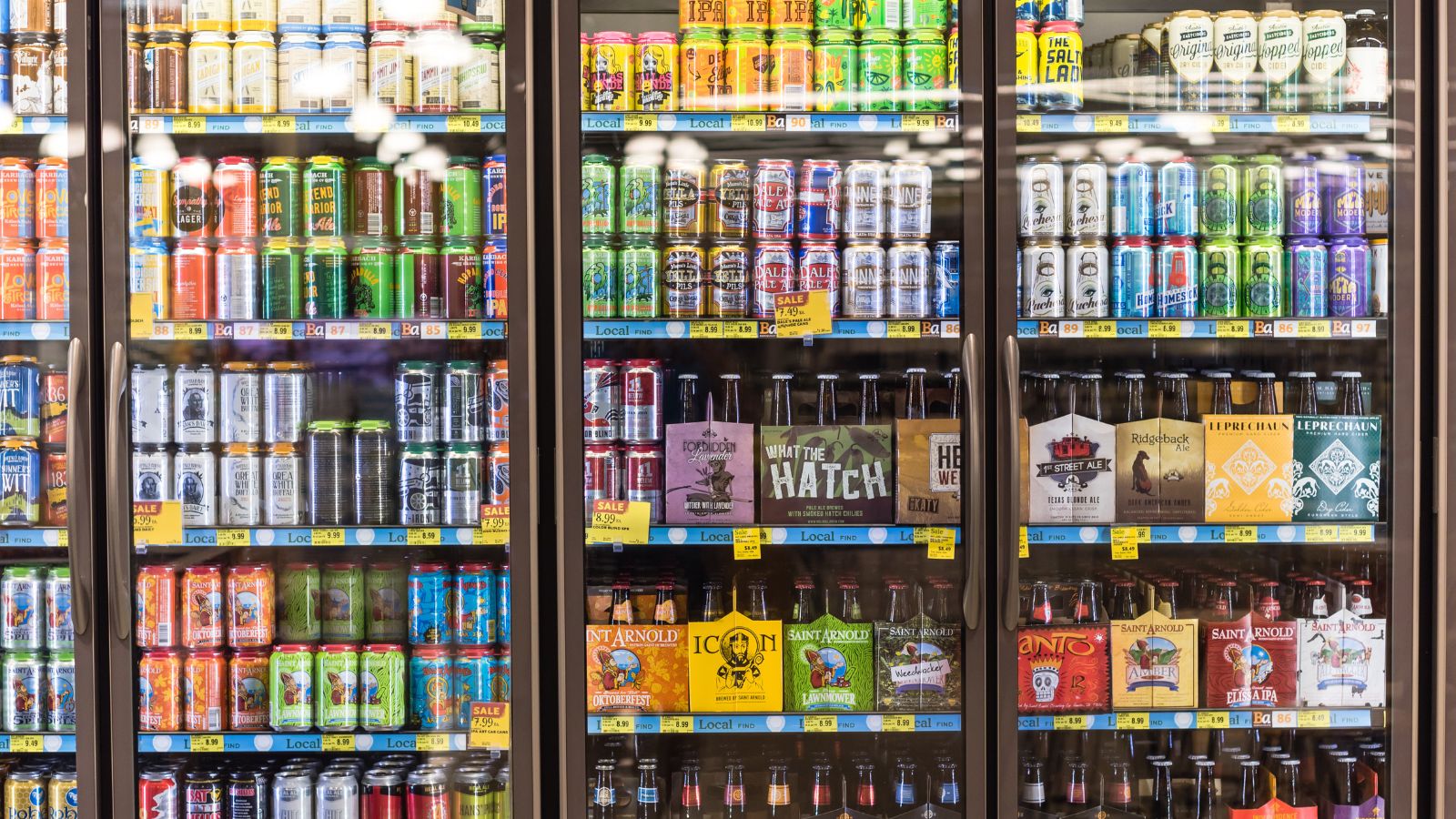
The effects of tariffs aren’t contained within the borders of farms and factories—they eventually reach the consumer. As farmers face rising costs, those expenses are passed along the chain, leading to higher prices for everyday food items. For families already struggling with the rising cost of living, this means fewer choices at the supermarket and a constant reminder that trade policies far away have a direct impact on their dinner tables.
The Ripple Effect on Rural Communities

Farms are more than just places where crops are grown; they’re the heart of rural communities. When farmers’ incomes decline, the effects are felt in local schools, hospitals, and small businesses. The decline in export revenues doesn’t just affect the farmer—it affects everyone in the community. With fewer resources to invest in local services, the vibrancy of rural life begins to fade, leaving long-time residents worried about the future of their hometowns.
A Push Toward New Markets

With the traditional U.S. market becoming less reliable, Canadian farmers are increasingly forced to look for new export opportunities. While diversifying into other markets might sound like a good idea, it comes with its own set of challenges. New markets mean new regulations, unfamiliar consumer preferences, and the need for significant upfront investments. For many, the transition is costly and uncertain, and the comforting familiarity of the U.S. market is hard to replace.
Rising Costs in Every Corner

It’s not only the tariffs on exports that matter—the total expenses associated with operating a farm are increasing. Holdups in obtaining necessary supplies such as seeds and fertilizers force farmers to pay extra to get what they require. Each additional dollar spent on these inputs reduces the profits that farmers depend on to invest in their future. In an industry where profit margins are already narrow, even a minor rise in costs can have serious consequences.
The Downside of Contract Farming
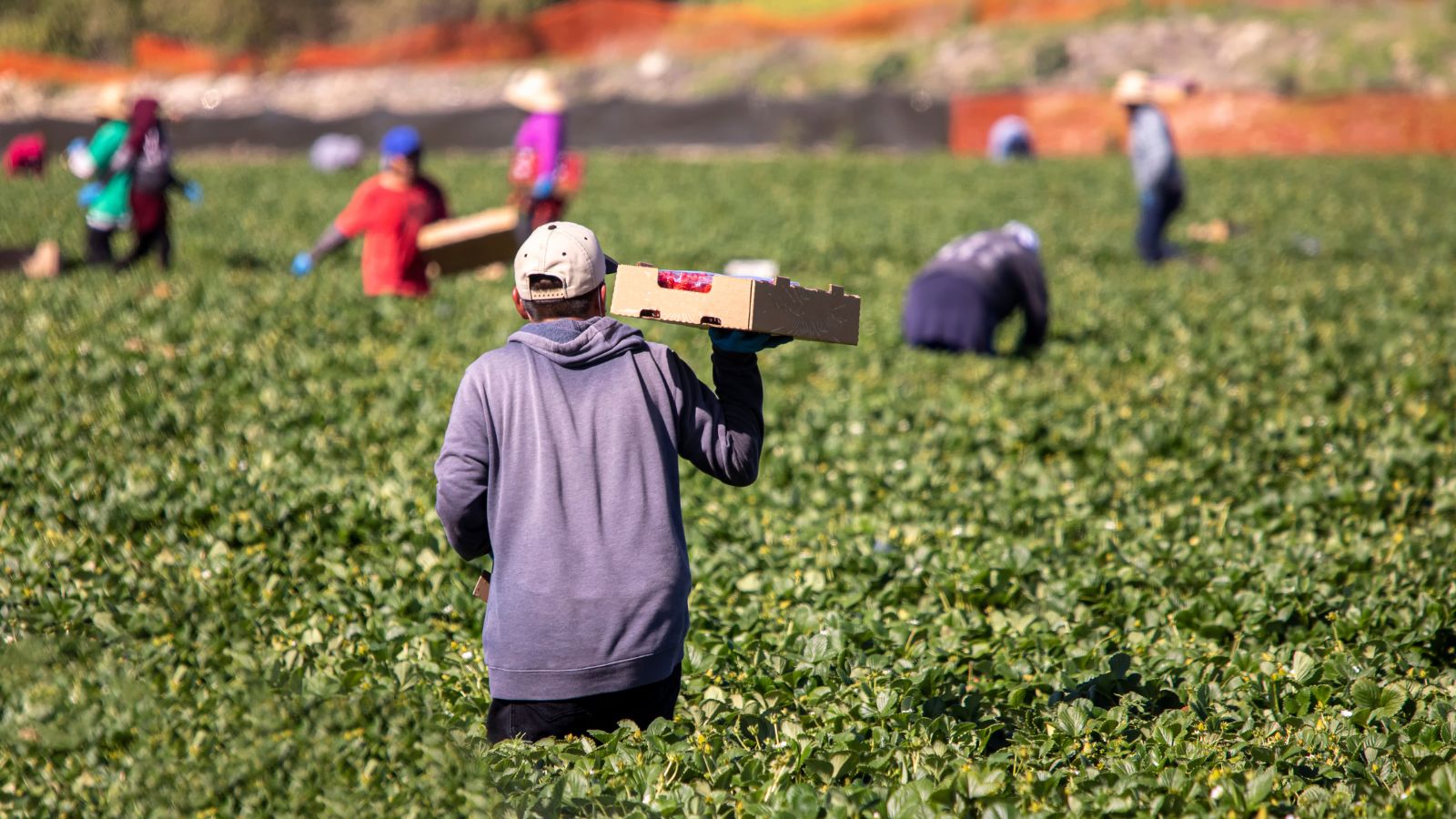
Many Canadian farmers have long relied on contracts with processors and retailers to secure a steady income. However, when tariffs force sudden changes in these contracts, the repercussions can be severe. U.S. buyers, feeling the pinch themselves, may renegotiate terms or cancel deals altogether. The once-reliable nature of contract farming is replaced by a precarious situation where each new agreement feels like a gamble, leaving farmers with little security and a lot of uncertainty.
Shrinking Export Volumes

Analysts predict that sustained tariff pressures will eventually lead to a significant decline in export volumes. For Canadian farmers who depend on the U.S. market for a large portion of their income, even a modest drop in export activity can mean a major financial setback. Reduced exports mean less revenue and, in turn, less capacity to invest in improvements or weather the next round of economic challenges.
Hesitation on Future Investments

The prospect of future tariff hikes casts a long shadow over investment decisions. Both domestic and foreign investors are increasingly cautious about putting money into Canadian agriculture. This reluctance to invest means that many farms miss out on opportunities to modernize, adopt new technologies, or expand their operations. In the long run, this hesitancy stifles innovation and leaves the sector less competitive on the global stage.
Losing Out on Global Competitiveness
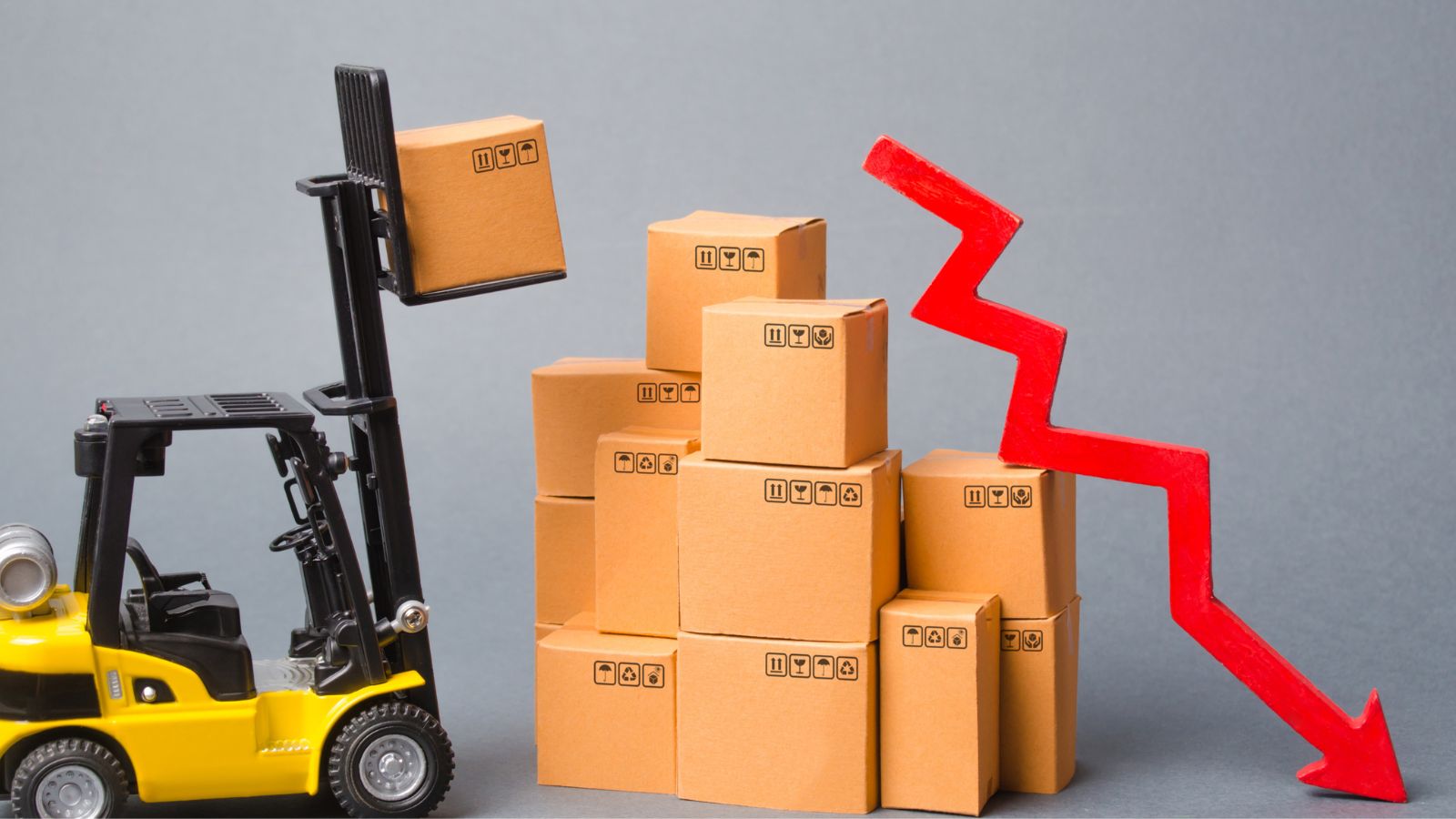
Tariffs make Canadian products more expensive compared to those from other countries. As a result, international buyers may turn to competitors, even if those products aren’t as high quality. Over time, this loss of market share can be difficult to reverse. The strong reputation for quality that Canadian farmers have built over decades is at risk, and regaining lost ground on the global stage could prove to be an uphill battle.
The Cost of Reconfiguring Supply Chains
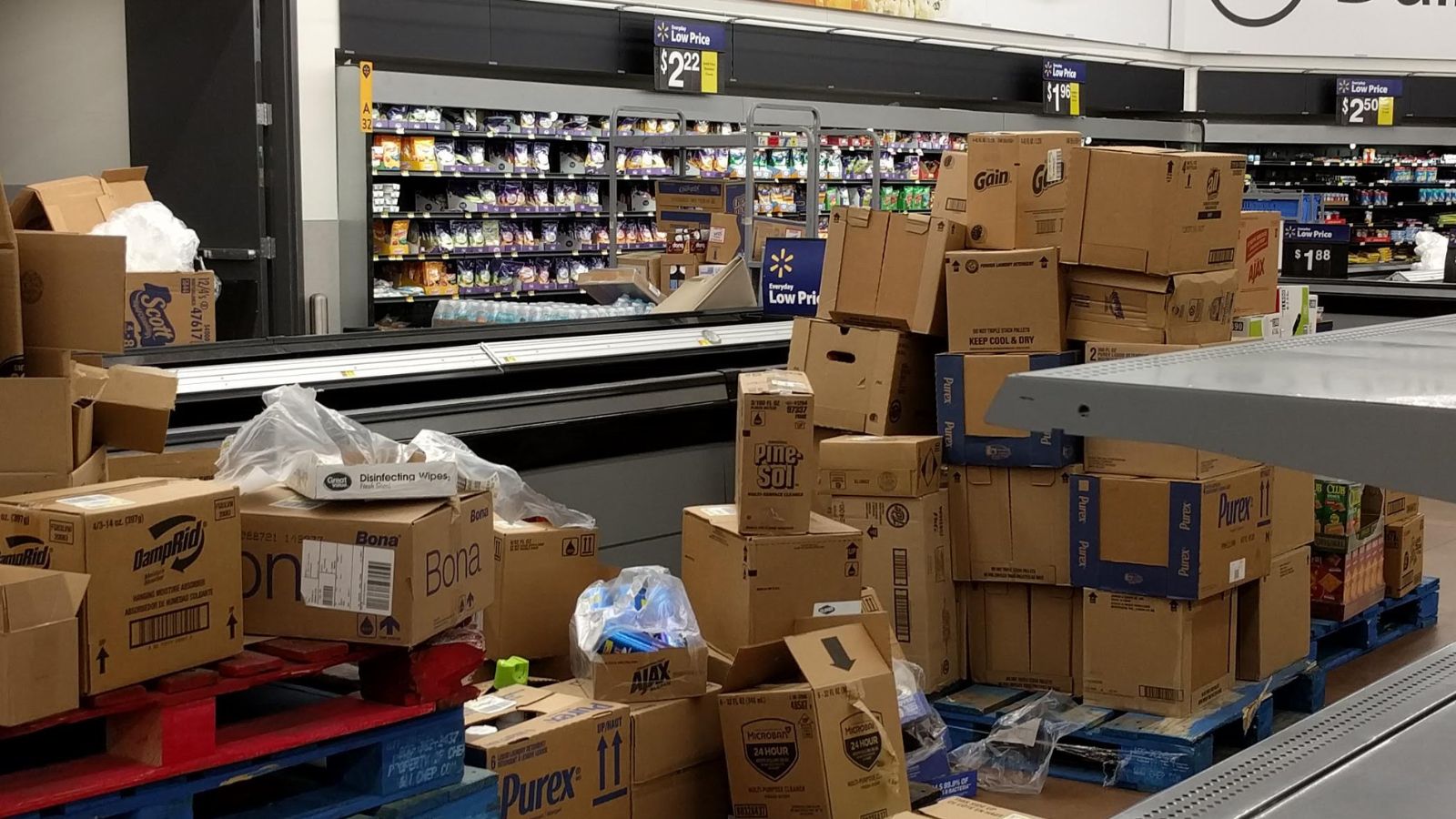
Adapting to a new, tariff-heavy reality isn’t just about tweaking a contract or changing a product mix—it often requires a complete overhaul of supply chains. Shifting production to avoid tariff zones or finding new logistical routes is a time-consuming and expensive process. For many smaller farms, the costs associated with these adjustments are too high, forcing them to operate under less-than-ideal conditions that further chip away at their profits.
Technology Adoption on Hold

Innovation is the lifeblood of modern agriculture. New technologies can help farmers improve efficiency, reduce costs, and enhance the quality of their products. However, when every dollar is accounted for by the immediate threat of tariffs, investments in technology often take a back seat. This delay in adopting new methods and tools means that farmers may miss out on opportunities to improve their operations in the long run.
The Weight of Red Tape

Navigating the intricate world of international trade is no simple task. Canadian farmers now find themselves burdened with increased administrative and legal costs as they try to understand and comply with a constantly changing set of trade regulations. This isn’t just paperwork—each hour spent on administrative tasks is an hour taken away from core farming activities. For many, this added burden is both financially and emotionally draining.
The Strain on Community Ties

Farming in Canada has always been a community affair. Many farmers rely on cooperative structures to market their products, purchase inputs, and support one another through thick and thin. But, as individual farms face different challenges—some hit harder by tariff changes than others—the cohesion of these cooperatives begins to weaken. When long-standing community bonds start to fray, the social fabric of rural areas suffers, leaving behind not just economic hardship but also a sense of isolation and disconnection.
Food Security on the Line

At its heart, agriculture is about feeding people. When farmers are forced to cut back on production or divert resources away from exports, it isn’t just their incomes that are at risk—it’s national food security. Reduced agricultural output can lead to higher food prices and potential shortages, affecting both urban and rural populations. For Canadians who take pride in their country’s ability to provide high-quality food, this is a deeply unsettling prospect.
A Diminishing Trust Between Neighbors

One of the most distressing factors is the potential long-term repercussions for the Canada–U.S. relationship. For many years, trade in agriculture between these two countries has represented a partnership based on cooperation and mutual advantage. Tariffs not only hinder the movement of goods but also undermine the trust established over many years. When policies become erratic and appear to be punitive, it fosters an environment of distrust that could lead to enduring effects on this vital trade relationship.
Conclusion

In the end, the 23 ways U.S. tariffs are affecting Canadian farmers remind us that trade policies have real, human consequences. They show us that behind every statistic, there is a family, a community, and a way of life at stake. As Canada and its farming community navigate this uncertain terrain, there is a collective hope that cooperation, dialogue, and a return to fairness will once again pave the way for prosperity and mutual trust.
25 Countries Predicted to Become Economic Superpowers in the Next 20 Years

The strength of an economy plays a crucial role in various international policies about trade and relations. Certain factors determine the strength of an economy, including population growth, availability of resources, and development and advancement. Here are 25 countries predicted to become economic superpowers in the next 20 years
25 Countries Predicted to Become Economic Superpowers in the Next 20 Years
